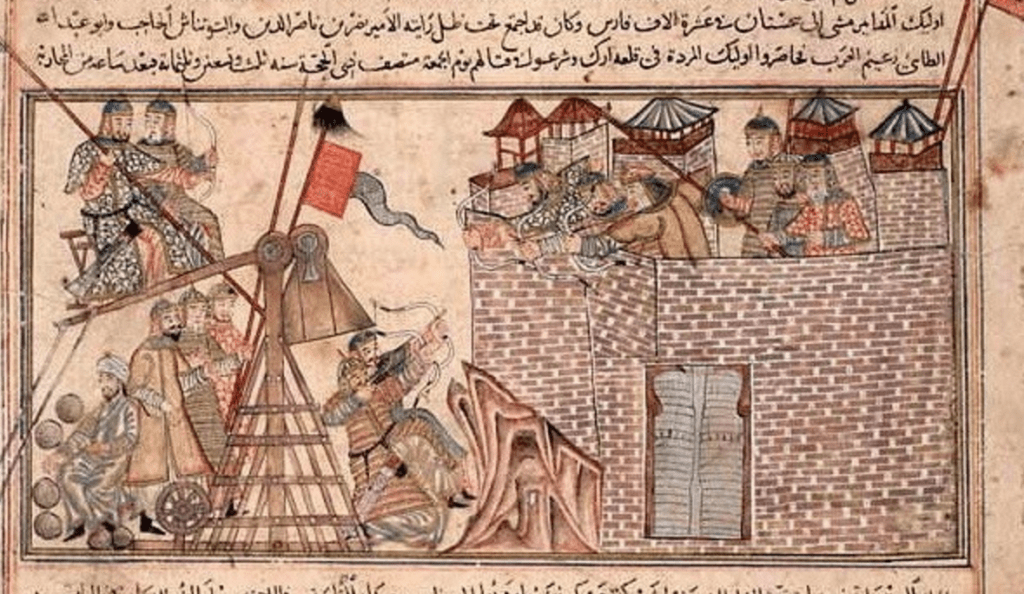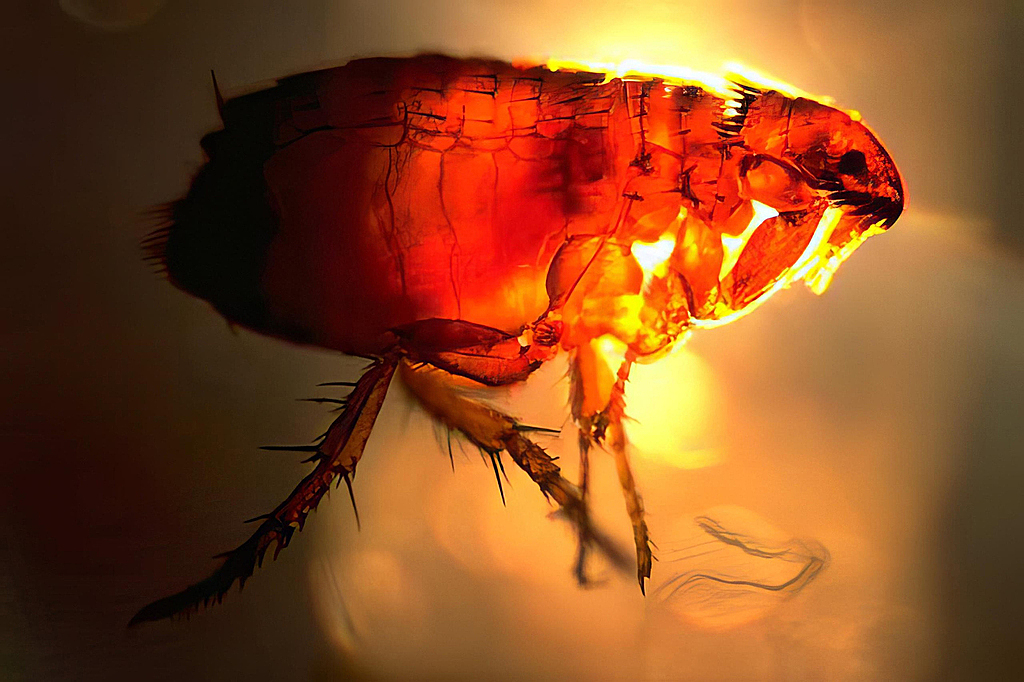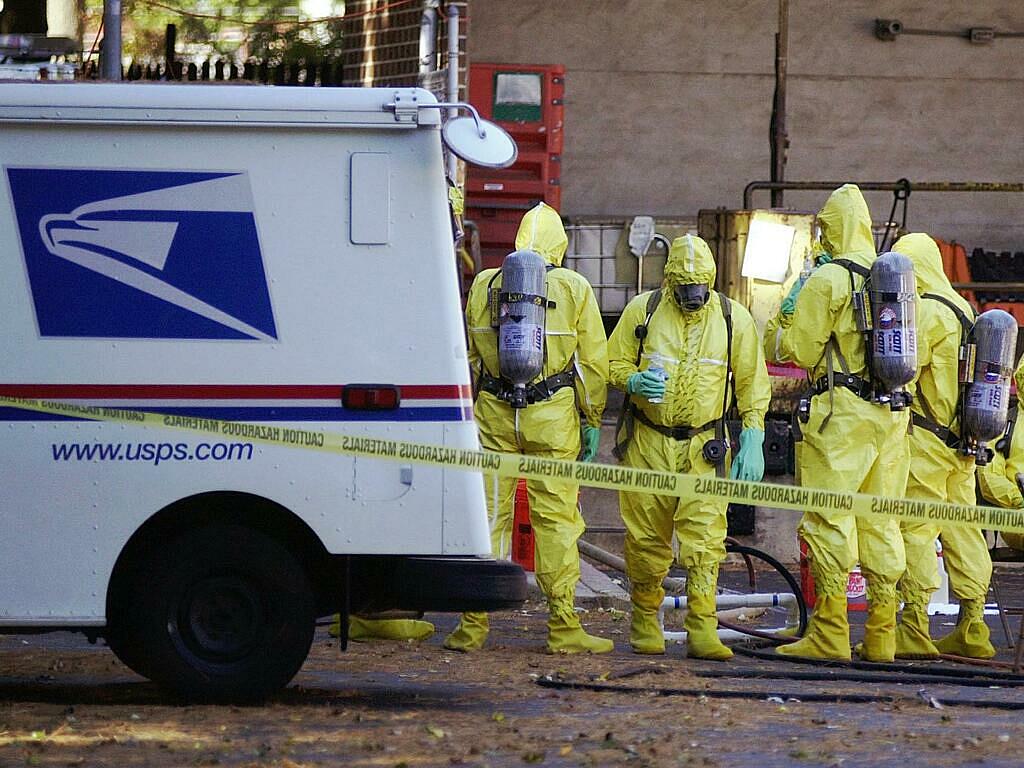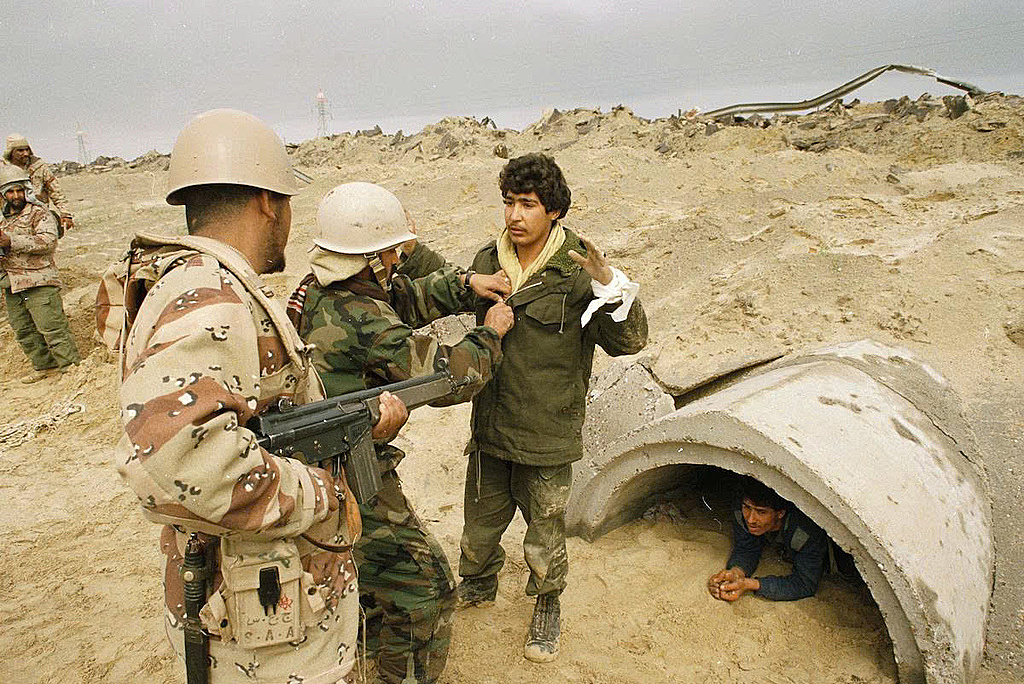 |
A painting depicting the siege of Kaffa, using the plague as an attack weapon. Photo: History Collection
Yersinia pestis causes plague
In warfare, the plague bacteria has been exploited by armies to weaken their enemies. In 1346, Tatar forces catapulted plague-infected corpses into the city of Kaffa (present-day Feodosia, Ukraine) during a siege. As the disease broke out, the city's inhabitants fled, carrying the plague to Europe and triggering the "Black Death" pandemic.
This pandemic is estimated to have killed about half of Europe's population. Similarly, in 1710, the Russian army introduced the bodies of plague victims into Swedish cities. During World War II, the Japanese army released plague-infected fleas over populated areas in China and Manchuria.
 |
Fleas are the intermediaries that transmit the plague. Photo: Vecteezy
The plague causes symptoms of fever, vomiting, coughing up blood, black boils on the skin, swollen lymph nodes, and often leads to death within three days. The disease is transmitted to humans through fleas, after they bite infected rodents such as squirrels and rats.
Healthy individuals can also contract the disease by consuming infected animal meat or through human-to-human transmission by inhaling respiratory droplets containing the virus. The disease manifests in bubonic, septicemic, pneumonic, and meningeal forms, with mortality rates ranging from 40% to nearly 100%. The plague is classified by the US CDC as a Category A bioweapon due to its highly contagious and dangerous nature.
 |
A doctor injecting a plague patient with serum during a plague outbreak in Karachi, India, photographed in 1897. Photo: Welcomecollectionorg
Before the plague vaccine was first used on humans in 1897, Waldemar Mordecai Haffkine (1860-1930), the first to create an inactivated plague vaccine, tested it on himself. Over 28 years, from 1897 to 1925, 26 million doses of the plague vaccine were shipped from India. While the disease still occasionally appears in some regions of the world, antibiotic treatments are now available.
 |
A post office in the US being inspected after reports of mail containing anthrax spores. Photo: Daniel Hulshizer/AP
Bacillus anthracis causes anthrax
In 2001, letters containing powdered anthrax spores were deliberately sent to US media outlets and senators. The incident resulted in 22 infections, 5 deaths, more than 30,000 people receiving preventative antibiotic treatment, and 6 buildings requiring decontamination. The total damage exceeded one billion USD, causing widespread panic and fear among the public, and disrupting US government officials and the media.
This wasn't the first time anthrax was used as a weapon. During World War I, anthrax was used by Northern European countries to attack the Tsarist Russian army. In World War II, the British army also employed this method to destroy German livestock.
 |
The anthrax vaccine is used in many countries such as the US, Russia, and the UK, but not yet in Vietnam. Illustration: Vecteezy
The bacterium Bacillus anthracis, which causes anthrax, is found in contaminated soil, water, and plants. The spores of this bacterium can survive in harsh, anaerobic environments. In suitable conditions, spores can survive for decades.
Cutaneous anthrax is the most common form, accounting for about 95% of cases. The other two forms, inhalation and gastrointestinal anthrax, are more dangerous, with mortality rates that can reach 90% if not treated promptly. A fingernail-sized amount of anthrax bacteria can kill more than 10,000 people. Due to its high stability in aerosol form, Bacillus anthracis is classified by the US CDC as a Category A bioweapon.
 |
The 1991 Persian Gulf War, where concentrated botulinum toxin was used. Photo: AP
Clostridium botulinum causes botulism
Botulinum toxin, produced by the bacterium Clostridium botulinum, is easy to produce and highly lethal. One gram of this toxin can kill over one million people if inhaled and is considered 7 million times more toxic than king cobra venom.
In the 1930s, the Japanese army used it on prisoners during their occupation of Manchuria, China. After the Persian Gulf War (1991), Iraq also admitted to the United Nations inspection team that it had produced 19,000 liters of concentrated botulinum toxin, of which about 10,000 liters were loaded into military weapons.
 |
Clostridium botulinum bacteria under a microscope. Photo: US CDC
About 12-36 hours after infection with Clostridium botulinum, symptoms such as blurred vision, difficulty swallowing, and vomiting can appear. Without prompt treatment, the patient will experience flaccid paralysis, including respiratory muscles, leading to death.
The mortality rate is up to 70% without timely treatment. Clostridium botulinum is on the US CDC's list of Category A biological weapons. The bacteria thrive in anaerobic conditions. Currently, most cases of Clostridium botulinum poisoning are due to the consumption of low-acid preserved foods such as vegetables, canned tuna, fermented fish, salted fish, smoked fish, as well as meat products like ham and sausages.
 |
An image depicting the war between Spain and Mexico in 1521, where smallpox was considered Spain's most potent weapon. Photo: WikiMedia Commons
Variola causes smallpox
Smallpox, one of the most devastating diseases known to humankind, is believed to have originated in India or Egypt over 3,000 years ago. For centuries, successive epidemics swept across continents, decimating populations and altering the course of history. Queen Mary II of England, Emperor Joseph I of Austria, King Louis I of Spain, Tsar Peter II of Russia, Queen Ulrika Eleonora of Sweden, and King Louis XV of France all died from smallpox.
During the French and Indian War (1754-1767), the British army in North America deliberately spread smallpox by giving blankets and handkerchiefs contaminated with the smallpox virus to Native Americans. The disease then spread throughout the tribes, killing over 50% of the population.
 |
American soldiers receiving the smallpox vaccine at the Army Medical School around 1920. Photo: Armyheritageorg
Smallpox causes high fever, vomiting, and mouth sores, followed by fluid-filled lesions all over the body. One in three infected people died, and survivors could experience complications such as blindness and infertility. In a survey conducted in Vietnam in 1898, 95% of adolescents had pockmarked faces, and nine-tenths of blindness cases were attributed to smallpox. In 1796, the British physician Edward Jenner (1749-1823) invented the smallpox vaccine using a less virulent virus from cowpox. Thanks to the widespread use of the vaccine, the WHO declared smallpox eradicated in 1980, including in Vietnam. This virus is classified as Category A in terms of danger among biological weapons.
 |
People drinking cholera vaccine at the VNVC Vaccination System. Photo: Hoang Duong
Vibrio cholerae causes cholera
During World War II, Japan experimented with cholera in its biological weapons program. Many prisoners died during these experiments. This bacterium is classified by the US CDC as a Category B biological weapon.
Cholera, caused by the bacterium Vibrio cholerae, is transmitted through the fecal-oral route, when food or water is contaminated with the bacteria. The disease causes acute watery diarrhea and can lead to death within hours if left untreated. Cholera is still prevalent today. According to the WHO, in 2023, over 435,000 cholera cases and more than 4,000 deaths were reported from 45 countries. Improving water quality, sanitation, and cholera vaccination are recommended to control the disease.
Khanh Hoa












